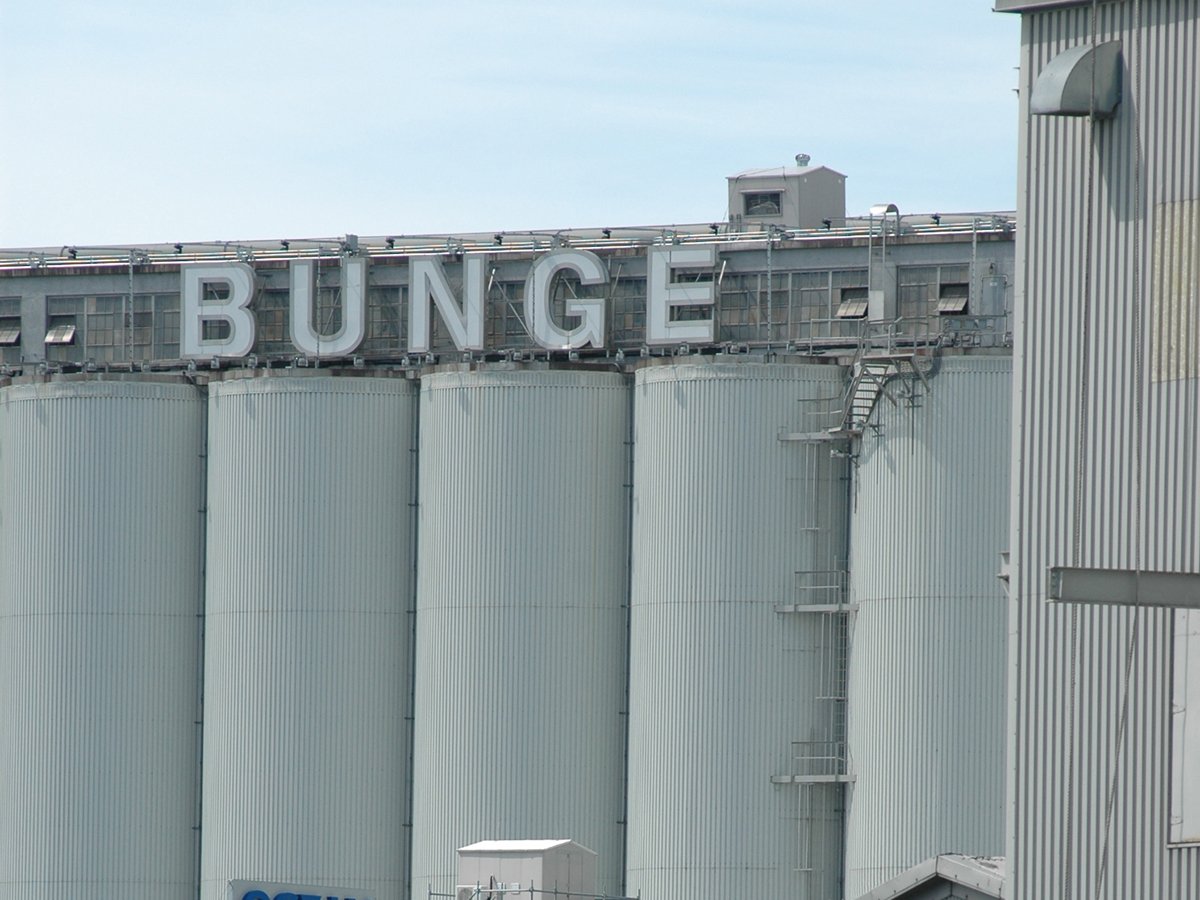Lentils beat canola in seed sales, but canola still reigns if the value of oil and canola meal are taken into account
The mighty lentil dethroned Cinderella to become Saskatchewan’s top crop last year.
The province’s lentil exports were valued at $2.5 billion last year compared to $2.4 billion worth of canola seed sales and $2.3 billion of wheat shipments.
“Quite honestly, I was a little bit surprised to see it exceed canola because canola is such a large acreage and large production crop in Saskatchewan,” said Carl Potts, executive director of Saskatchewan Pulse Growers.
Canola maintains its crown if all the components of the oilseed are added into the mix.
Read Also

Bunge’s crop mix is changing
Bunge has predominantly been a soybean processing firm, but that’s about to change after the merger with Viterra with softseed processing and grain merchandising gaining ground.
Saskatchewan shipped 1.3 million tonnes of canola oil valued at $1.4 billion and two million tonnes of canola meal valued at $742 million.
Potts attributed lentils’ outstanding performance to increased acres and sky-high prices.
Saskatchewan growers planted a record 3.7 million acres of lentils last year, up 23 percent from the previous year.
However, it was the price that truly vaulted lentils ahead of wheat and canola as Saskatchewan’s top agri-food export.
Green lentil prices have never been higher, and red lentil prices are near the top of their historical range.
“We’ve had more than a doubling of lentil prices in some cases,” said Potts.
It explains why lentils outperformed canola despite much lower export volumes. The province shipped 2.7 million tonnes of lentils compared to 4.5 million tonnes of canola.
Lentil prices are up because of poor pulse harvests in India, where monsoon rains have been disappointing.
Saskatchewan lentil exports to India amounted to $961 million in 2015, which is nearly double the $522 million in pea business to that country.
Potts said it is an “interesting coincidence” that Saskatchewan announced lentils were the province’s top agri-food export in the same year that the pulse industry is celebrating International Year of Pulses.
“It’s kind of exciting that all of that is sort of aligning in 2016,” he said.
Saskatchewan agriculture minister Lyle Stewart said the province managed to exceed its 2020 target of $15 billion in agri-food exports five years ahead of schedule.
“It’s really phenomenal, and our producers, our farmers and ranchers and agribusinesses as well, deserve a heck of a lot of credit for this,” he said during a media interview.
Saskatchewan sold $15.1 billion worth of agri-food products in 2015. The top three customers were the United States, accounting for $4 billion of sales, China at $2.4 billion and India at $1.5 billion.
It was the fifth straight year of record agri-food exports.
“Agriculture is certainly carrying its weight in supporting the economy of this province right now,” said Stewart.
Crops and their components took the top seven spots on the list of agri-food exports. Live cattle exports ranked eighth with $499 million in sales.
“It was a little bit of a surprise, even to me, that last year was our second largest crop on record,” he said.
It’s because the 2015-16 crop year started out bone dry, which also may have contributed to lentils’ surprisingly strong performance.
“Lentils do a little better in dry conditions than most crops do, and they certainly had it last year in the majority of the lentil production zone in the province,” he said.
There are concerns that producers may over-produce lentils this year and drive down prices, but Potts doesn’t think it will happen. Most people in the pulse trade believe Canadian growers will plant 4.5 to five million acres of lentils, which would be a 14 to 27 percent increase from last year.
“I’m not expecting that those supplies will be burdensome, especially with the expectation of strong export sales,” he said.
“I understand there has been a lot of forward sales being made by exporters.”
Green lentil supply will continue to be tight. There is a little more concern about red lentil supply, but India’s rabi (winter) crop is getting off to another rough start, which means there should be continued strong demand from that country.















